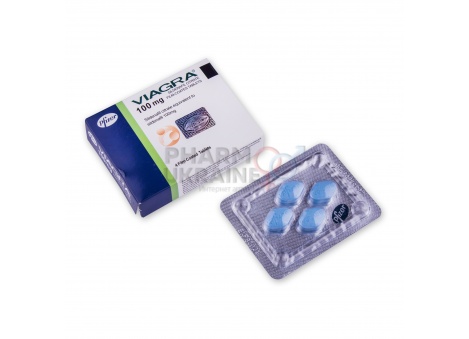
Tretinoin Κρέμα: Unlocking the Secret to Youthful Skin
Tretinoin Κρέμα is more than just a skincare product; it’s a revolutionary approach to treating various skin conditions and enhancing overall skin health. With its active ingredient, tretinoin, a derivative of Vitamin A, this cream has made waves in the dermatological arena for its remarkable ability to promote cell turnover, diminish fine lines, and combat acne. In this article, we will delve into the ins and outs of Tretinoin Κρέμα, exploring its benefits, proper usage, potential side effects, and why it has become a staple in many skincare routines.Tretinoin Κρέμα https://farmakeioorama.gr/agoraste-tretinoin-krema-se-apeytheias-syndesi-choris-syntagi/
What is Tretinoin?
Tretinoin, chemically known as all-trans-retinoic acid, is the active form of Vitamin A. It is widely used in dermatology for its powerful effects on skin cells. This compound helps in accelerating cell turnover, which leads to the shedding of dead skin cells and the emergence of new, healthy ones. Tretinoin is primarily used to treat acne, reduce wrinkles, and treat conditions such as hyperpigmentation and sun damage.
Benefits of Tretinoin Κρέμα
The benefits of incorporating Tretinoin Κρέμα into your skincare routine are extensive:

- Acne Treatment: Tretinoin helps prevent the formation of acne by keeping pores clear and reducing the likelihood of blockages.
- Reduces Fine Lines and Wrinkles: Tretinoin stimulates the production of collagen and elastin, vital proteins for maintaining skin elasticity and firmness, leading to a reduction in the appearance of fine lines.
- Improves Skin Texture: Regular use of Tretinoin Κρέμα helps in smoothing the skin’s surface, making it feel softer and look more radiant.
- Fades Hyperpigmentation: Tretinoin can lessen dark spots and uneven skin tone, promoting a more uniform complexion.
- Prevents Sun Damage: While Tretinoin doesn’t replace sunscreen, it aids in repairing sun-damaged skin by encouraging the turnover of damaged cells.
How to Use Tretinoin Κρέμα
To achieve the best results from Tretinoin Κρέμα, proper usage is key:
- Consult a Dermatologist: Before starting any new skincare product, particularly one like Tretinoin that can have potent effects, consulting with a dermatologist is essential.
- Start Slowly: If you are new to Tretinoin, begin by applying it once or twice a week. Gradually increase the frequency as your skin builds tolerance.
- Application: Apply a pea-sized amount to clean, dry skin, preferably at night. Avoid sensitive areas such as the eyes and corners of the mouth.
- Moisturize: Follow your application with a gentle moisturizer to minimize potential dryness or irritation that can occur with Tretinoin use.
- Sun Protection: Since Tretinoin can increase your skin’s sensitivity to the sun, it is crucial to apply broad-spectrum sunscreen during the day.
Potential Side Effects of Tretinoin Κρέμα
While Tretinoin Κρέμα offers numerous benefits, it is not without side effects. Common reactions include:

- Redness
- Dryness or peeling
- Itching or burning sensation
- Increased sensitivity to sunlight
These side effects are usually mild and lessen with continued use as your skin adjusts to the treatment. However, if severe reactions occur, seeking medical advice is essential.
Who Can Benefit from Tretinoin Κρέμα?
Tretinoin Κρέμα is appropriate for individuals looking to manage acne, reduce signs of aging, or improve skin texture and tone. However, it may not be suitable for everyone. Those with sensitive skin types or certain skin conditions may require a customized approach. Consulting with a dermatologist is advisable to determine the best course of action for your skin type.
Conclusion
Incorporating Tretinoin Κρέμα into your skincare regimen can lead to transformative results, helping you achieve clearer, smoother, and more youthful-looking skin. With the right approach and patience, the benefits are undeniable. Remember to seek professional guidance to tailor the treatment to your unique skincare needs and enjoy the journey to healthier skin.












